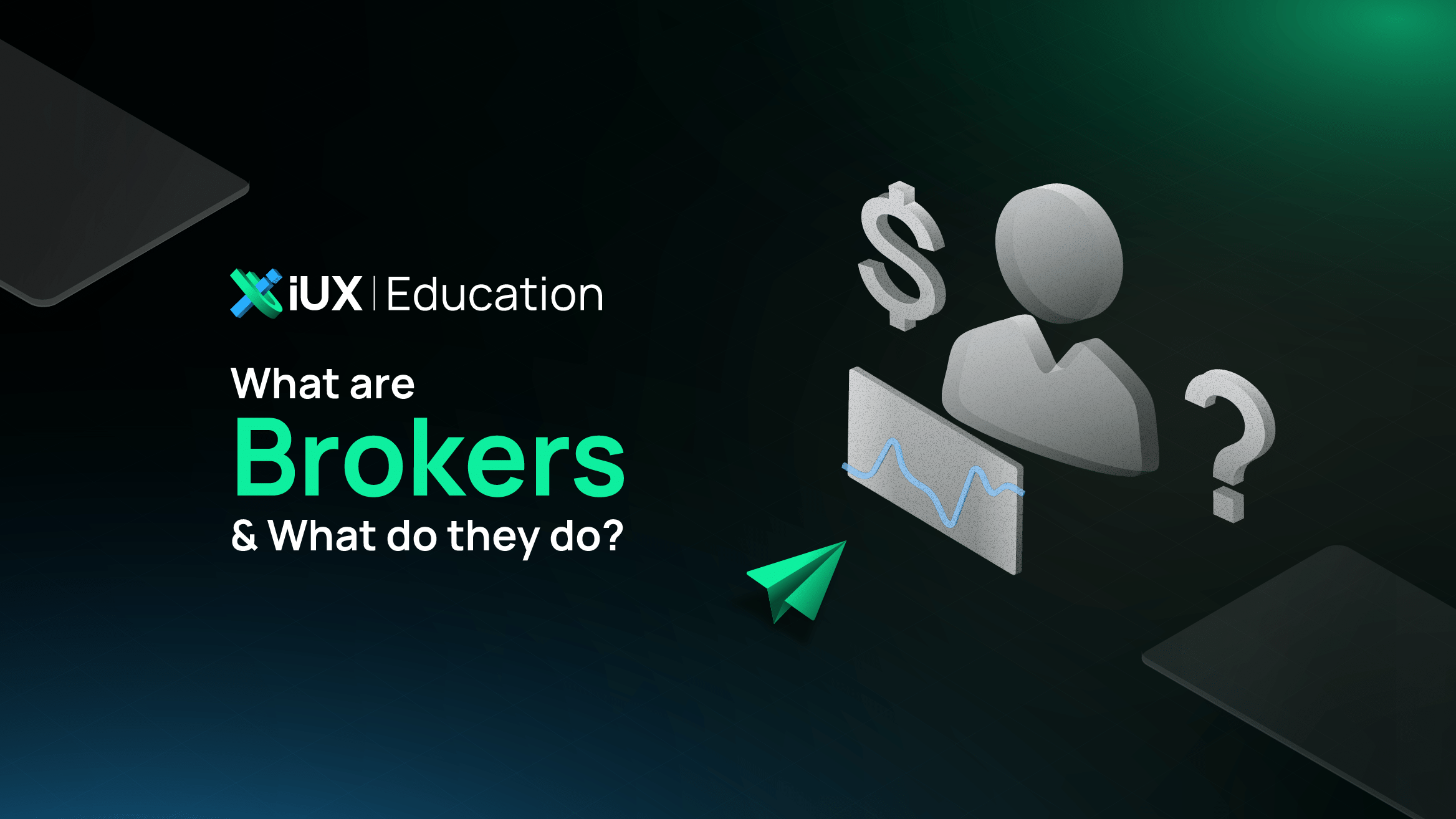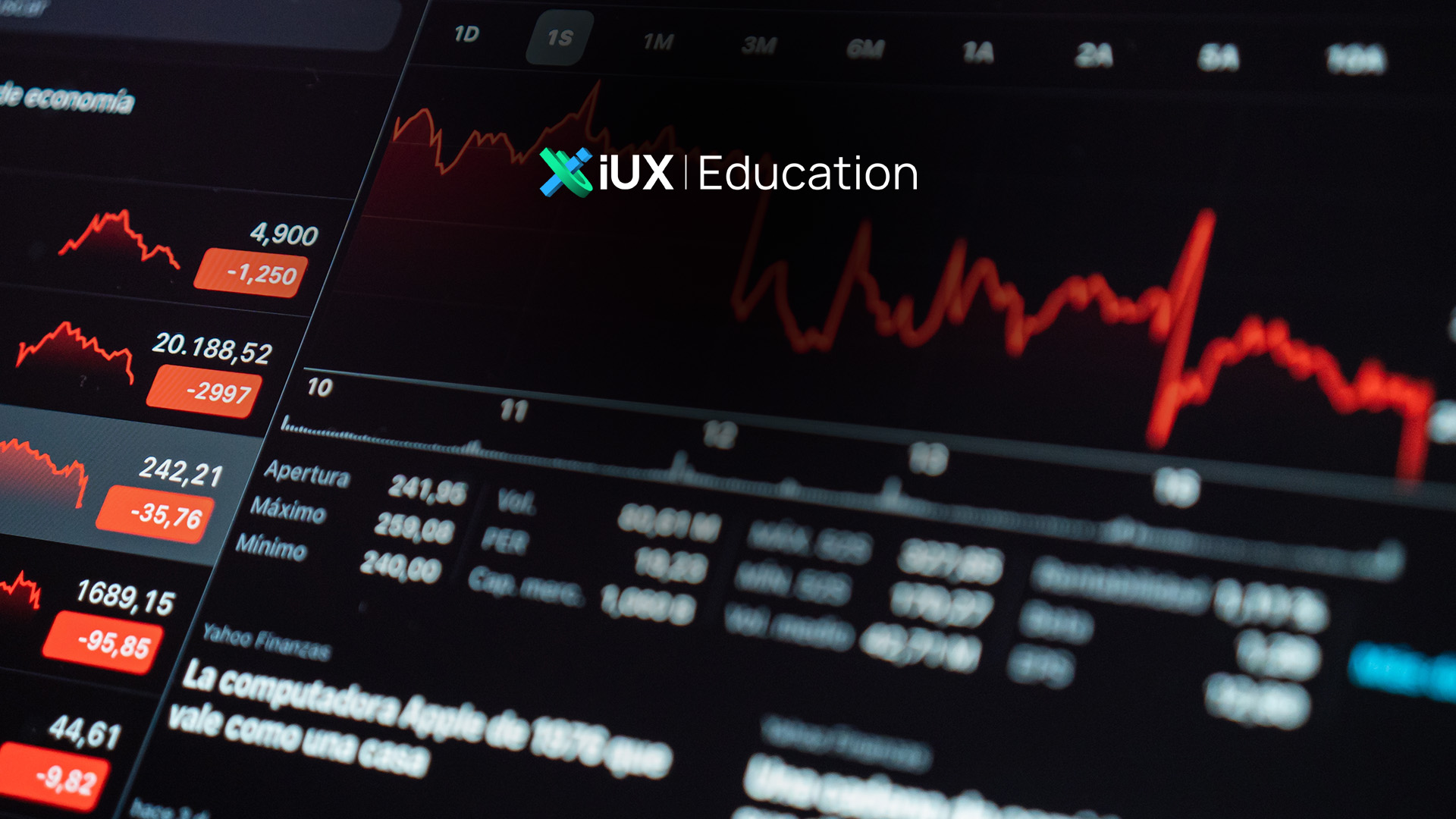
How to Identify Scam Brokers and Protect Yourself from Fraud
Why Should You Be Aware of Scam Brokers?
Choosing a reliable broker is essential for every trader, whether you’re a beginner or an experienced investor. If you sign up with an unregulated or fraudulent broker, you risk losing your funds, being unable to withdraw profits, or even falling into an outright scam.
The financial market is filled with scam brokers that use deceptive tactics to lure traders into depositing money, only to block withdrawals or manipulate trading conditions. Knowing how to identify and avoid these scams is crucial to ensuring your trading journey remains secure.
5 Ways to Verify If a Broker is Legitimate
1. Check the Broker’s License and Regulatory Status
Legitimate brokers are regulated by reputable financial authorities that ensure they operate under strict guidelines. Trusted regulatory bodies include:
- United States: Commodity Futures Trading Commission (CFTC), National Futures Association (NFA)
- Europe: Financial Conduct Authority (FCA), Cyprus Securities and Exchange Commission (CySEC)
How to Check a Broker’s License:
- Visit the regulator’s official website and enter the broker’s license number to confirm its authenticity.
- If the broker does not provide a verifiable license number, avoid them at all costs.
2. Review the Broker’s Website and Terms of Service
A legitimate broker will have a professional website with clear and transparent information about:
- Company background and headquarters
- Trading terms and conditions
- Deposit and withdrawal policies
- Fee structures
If a broker’s website lacks transparency, has grammatical errors, or provides unclear terms, it may indicate a scam.
3. Check Reviews and Feedback from Real Traders
Before investing, read reviews and feedback from traders who have used the broker.
Where to Find Reliable Reviews:
- Broker review sites such as Trustfinance, Forex Peace Army, and Investopedia
- Trading forums like Reddit, TradingView, or BabyPips
- Social media trading groups where traders share their experiences
If multiple users report issues such as withdrawal problems, forced deposits, or price manipulation, consider avoiding that broker.
4. Test the Deposit and Withdrawal Process
Before committing to a large deposit, test the broker’s withdrawal process by:
- Depositing a small amount to see if it is credited correctly.
- Requesting a withdrawal of your initial deposit to verify if the process is smooth and timely.
Legitimate brokers typically process withdrawals within 1-3 business days, while scam brokers delay or block withdrawals without explanation.
5. Examine the Broker’s Trading Conditions and Leverage
Regulated brokers typically have appropriate leverage limits based on regulatory standards. For example, unlicensed brokers may offer leverage as high as 1:5000 to attract investors, which could be a red flag for potential scams. Additionally, if a broker advertises guaranteed profits, it may indicate dishonest or non-transparent practices.
Why take the risk with an unregulated broker when you can trade with confidence on IUX? At IUX, we are committed to providing a secure, transparent, and efficient trading environment. As a fully regulated broker, we adhere to strict financial guidelines to ensure the safety of your funds and fair trading conditions.
Don’t risk your money with unreliable brokers! Join a global network of traders who trust IUX and experience the difference. Sign up now and take control of your trading future!
Red Flags That Indicate a Broker Might Be a Scam
- No valid regulatory license or a fake license number
- Negative reviews from multiple traders about withdrawal issues
- Pressure to deposit more money through aggressive sales tactics
- High and unrealistic leverage (1:5000 or more)
- Hidden fees or unexpected charges
- Trade execution issues, such as frequent requotes or being unable to close positions during volatility
If a broker exhibits one or more of these warning signs, it’s best to avoid them and look for a regulated alternative.
How to Protect Yourself from Scam Brokers
- Always choose a regulated broker and verify its license with official regulatory bodies.
- Start with a small deposit to test withdrawal reliability before investing larger amounts.
- Avoid brokers that offer “too good to be true” promotions or claim that you can make easy, guaranteed profits.
- Use a demo account first to test the broker’s trading platform and execution quality.
- Stay informed by reading trader reviews and market news to detect any fraudulent activity.
FAQ: Common Questions About Scam Brokers
1. How do I check if a broker is regulated?
You can verify a broker’s license by visiting the official website of financial regulators such as FCA,FSC, FSCA or CySEC Enter the broker’s license number to confirm if it is valid and active.
2. What should I do if I suspect my broker is a scam?
If you suspect fraudulent activity:
- Stop depositing funds immediately.
- Request a withdrawal to test if they allow access to your money.
- Report the broker to financial regulators if they refuse withdrawals or display suspicious behavior.
- Warn other traders by leaving reviews on platforms like Trustpilot or Forex Peace Army.
3. Can scam brokers manipulate my trades?
Yes, some scam brokers use price manipulation, slippage, or requotes to make traders lose money. This often happens with unregulated or offshore brokers that do not follow fair trading practices.
4. What is a Ponzi scheme in forex trading?
A Ponzi scheme is a type of investment fraud where early investors are paid with money from new investors rather than actual profits. Many scam brokers operate this way, luring traders with high-return promises before eventually disappearing.
5. Why do some brokers refuse withdrawals?
Scam brokers often refuse withdrawals to trap your money. They may claim you need to deposit more funds, meet trading volume requirements, or use excuses to delay the process. A regulated broker will never block legitimate withdrawal requests.
6. How can I recover my money from a scam broker?
If you lost money to a scam broker:
- Report them to the regulatory authority in their country.
- Contact your bank or payment provider to attempt a chargeback.
- Seek legal help if you lost a large amount.
- Warn others by sharing your experience online.
7. Are brokers that offer high leverage always scams?
Not necessarily, but extremely high leverage (1:5000 or more) can be a red flag for unregulated brokers. Legitimate brokers follow leverage limits set by regulators to protect traders from excessive risk.
8. Can I trade safely with a regulated broker?
Yes, regulated brokers are generally safe as they follow strict financial laws and provide traders with legal protection. However, you should still read reviews and test their withdrawal process before committing large funds.
9. What’s the best way to find a reliable broker?
- Look for strong regulatory oversight (FCA,FSC, FSCA,CySEC etc.).
- Choose brokers with transparent fees, clear terms, and positive reviews.
- Avoid brokers with aggressive marketing tactics or unrealistic promises.
- Start with a demo account to test the broker’s platform and execution quality.
Final Thoughts
Trading with an unregulated broker can lead to financial losses, withdrawal issues, and even fraud. Before choosing a broker, verify its regulatory status, read trader reviews, and test its services with a small deposit.
If a broker delays withdrawals, pressures you to deposit more money, or lacks transparency, these are signs that you should walk away and find a trusted alternative.
Note: This article is intended for preliminary educational purposes only and is not intended to provide investment guidance. Investors should conduct further research before making investment decisions.


